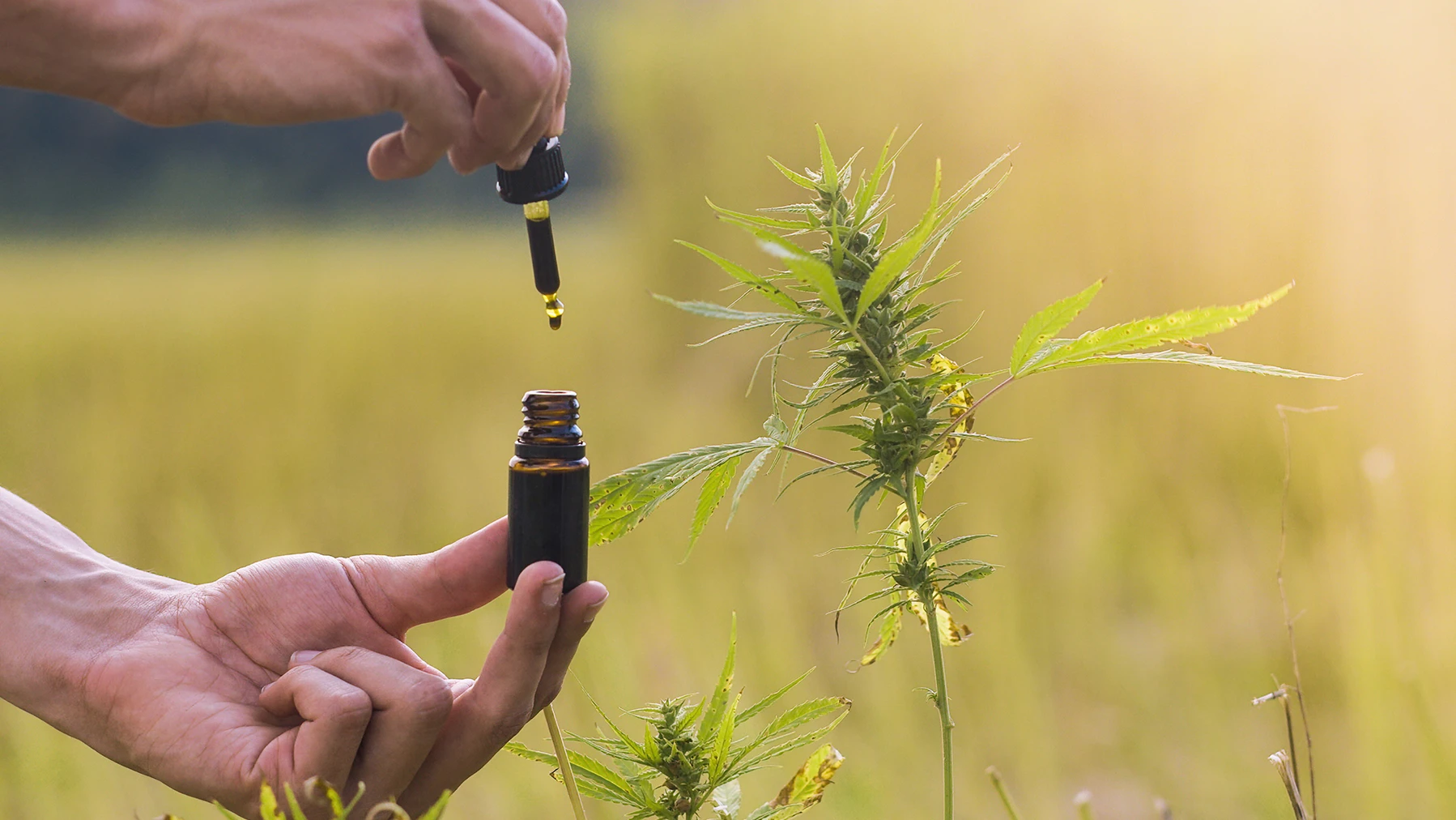
For those who are curious about trying medicinal cannabis for the first time, looking into evidence about its efficacy can be confusing and frustrating. While medicinal cannabis has a rich historical context stretching back over 4000 years, modern evidence can often be obscure and inaccessible at times. Here is a short introduction into the evidence of cannabis, and the ways in which it could be used to reduce your pain.
Understanding chronic pain
Pain is a complex condition that persists for months or even years, significantly impairing a patient’s quality of life. It can stem from a range of causes, including injury, surgery or conditions like arthritis and fibromyalgia. Traditional pain management strategies often include medications like opioids, physical therapy and lifestyle changes. However, these methods can have limited effectiveness and may come with significant side effects. This has prompted an interest in alternative treatments like medical cannabis.
A disclaimer on medical cannabis
Firstly, it is important to indicate that the evidence on this topic is constantly changing, and that it is very difficult to pin conclusive evidence relating to cannabis’ medicinal efficacy. Nevertheless, there is an emerging pool of qualitative and quantitative data which gives some insight into the ways in which cannabis can be used to relieve pain.
Historical accounts of cannabis use for chronic pain
The first accounts relating to cannabis’ use in pain relief began in Chinese pharmacology around 2800 BC by Emperor Shen Nung. However, there is a cross cultural basis to cannabis’ medicinal use which has been echoed by Greek, Roman, Indian, and Assyrian literature.
These sources demonstrate cannabis as a treatment for arthritis, toothache, migraines as well as a number of other ailments. Cannabis also has a historical foundation for its anaesthetic function in childbirth as well as a treatment for menstrual cramps and a range of other women’s issues.
While this historical context does not conclusively demonstrate cannabis’ efficacy in chronic pain relief, it provides a background to cannabis use for pain relief; placing it alongside more powerful painkillers such as opium. The cross-cultural history of cannabis use in pain relief and mood enhancement highlights a trend which indicates cannabis’ potential for a number of therapeutic applications.
How medical cannabis works for pain relief
Medical cannabis contains active compounds called cannabinoids, with the most well-known being tetrahydrocannabinol (THC) and cannabidiol (CBD). These cannabinoids interact with the body’s endocannabinoid system (ECS), which plays a crucial role in regulating pain, mood, appetite, and immune response.
- THC (Tetrahydrocannabinol): THC is the psychoactive component of cannabis that produces the “high.” It binds to CB1 receptors in the brain and nervous system, helping to reduce pain perception and induce relaxation.
- CBD (Cannabidiol): Unlike THC, CBD is non-psychoactive and does not produce a high. It interacts with CB2 receptors found throughout the body, particularly in the immune system, reducing inflammation and modulating pain.
Mechanisms of pain relief
Cannabinoids alleviate pain through several mechanisms:
- Anti-inflammatory Effects: CBD reduces inflammation, a common cause of chronic pain, by interacting with the immune system.
- Neuroprotection: Both THC and CBD have neuroprotective properties that can help prevent nerve damage and reduce neuropathic pain.
- Modulation of Pain Signals: Cannabinoids can alter pain signals sent to the brain, reducing the sensation of pain.
Medicinal cannabis as a cubstitute
The main contention in the debate on the medicinal application of cannabis is risk versus reward. Those who advocate for medicinal cannabis for chronic pain argue that cannabis has less risk of addiction and fewer side effects when compared to stronger alternatives.

Meanwhile, those who are sceptical about medicinal cannabis point to a lack of rigorous data which demonstrates a need for caution as we still do not fully understand the risks of using medicinal cannabis.
A clinical review by Hill et al (2017) found that the introduction of medicinal cannabis laws coincided with reductions in opioid prescriptions, opioid overdoses, and opioid related traffic fatalities. While this relationship cannot be linked causally, it suggests that cannabis liberalisation opens the door to less harmful forms of pain relief. Patients that are suffering from chronic pain may no longer use opioids if cannabis based treatments are available which meet their needs.
This notion of cannabis as a replacement for opioid prescription was reinforced by a qualitative analysis of medicinal cannabis card patients. This study found that 48% of participants used medicinal cannabis as a substitute to prescription medication. A significant number of the participants also felt that their cannabis prescription worked better than previous experience with opioids due to fewer side effects and an overall increased quality of life:
…even though doctors had given me many prescription medications, I didn’t like how they made me feel. And I didn’t like the effects [they] had on my liver and kidneys and things like that
Medicinal cannabis effectiveness on pain relief
A comprehensive overview by Banerjee and McCormack (2019) compared four systematic reviews on the effectiveness of medicinal cannabis for a wide range of pain related conditions.
One of these systematic reviews found that medicinal cannabis patients reported a 30% reduction in neuropathic (nerve) pain, and a significant reduction in pain was also found in patients suffering with Multiple Sclerosis when compared to a placebo.
Many of the studies concerned found a moderate level of effectiveness with medicinal cannabis and chronic pain, however the occurrence of mild to moderate adverse effects was a trend which was noted by a number of the reviews examined.
A more recent overview by Bains and Mukhdomi (2022) examining medicinal cannabis trials highlighted a study in which two thirds of 984 chronic pain patients reported pain relief as the primary benefit of medicinal cannabis.
While there is certainly validity associated with cannabis’ impact on pain relief, the correct ratio of CBD (cannabidiol) and THC (tetrahydrocannabinol) content appears to vary significantly between patients, which could be causing ambiguity in the trials measuring medicinal cannabis’ effectiveness on pain.
While CBD is widely regarded as safe, its impact on pain relief without the psychoactive properties of THC remains up for debate. Balancing the efficacy of these two compounds with the THCs potential for adverse effects will likely continue to pose issues for trials on pain relief until more comprehensive research can be conducted.
How Plantific can help with your medical cannabis understanding
While there is a growing body of evidence supporting medicinal cannabis’ efficacy in pain relief trials, there are a number of issues which are preventing wider scale studies from being conducted on this topic.
One significant downfall of this research is the lack of rigorous data with representative sample sizes. Although medicinal cannabis is more accessible than ever before, punitive classifications relating to cannabis means that it remains difficult to appropriately research this topic without substantial legislative reforms.
The lack of FDA approval related to this classification issue leads to medicinal cannabis patients (and those looking to become patients) having to pay for expensive private prescriptions which are not covered by insurance providers, likely amplifying the issue around representative data.
Our introductory course to the cannabis industry provides a comprehensive and detailed learning experience with extensive listing of the required research areas to be briefed on the past, current and future aspects of the international legal medical cannabis industry.
By the end of the course, you will have the necessary knowledge to:
- Understand the fundamental traits of cannabis and recognise the various components of the plant
- Grasp the process of cultivating cannabis and manufacturing cannabis-based products
- Differentiate between cannabinoid-rich products and non-cannabinoid rich ones like industrial hemp, as well as between the psychotropic component THC and non-psychotropic ones like CBD
- Discern how cannabis products are tested to comply with international standards
- Understand how the cannabis engages with critical systems in the human body
- Determine what the current body of scientific evidence says about the effectiveness treating medical conditions with cannabis
- Recognise the adverse effects and other risks of cannabis use
- Comprehend the current leading regulatory frameworks governing medical and recreational cannabis use, including pilot programmes
- Appreciate the historical and cultural significance of cannabis, as well as the development of policy debates and regulations surrounding its use.
- Formulate a panorama of the cannabis industry and the different sectors within it
If you are interested in learning more, explore the various courses we offer.


